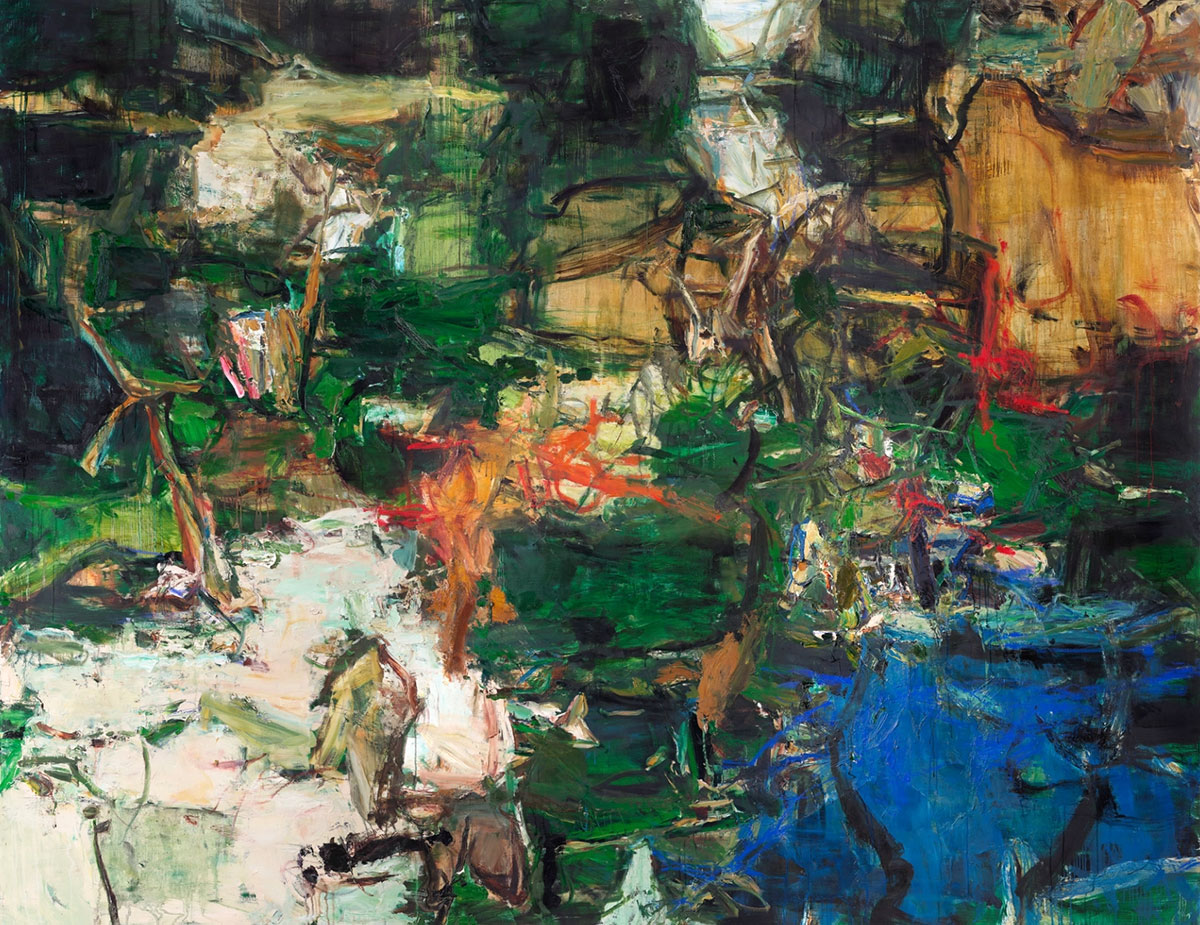ART CITIES: N.York-Tu Hongtao
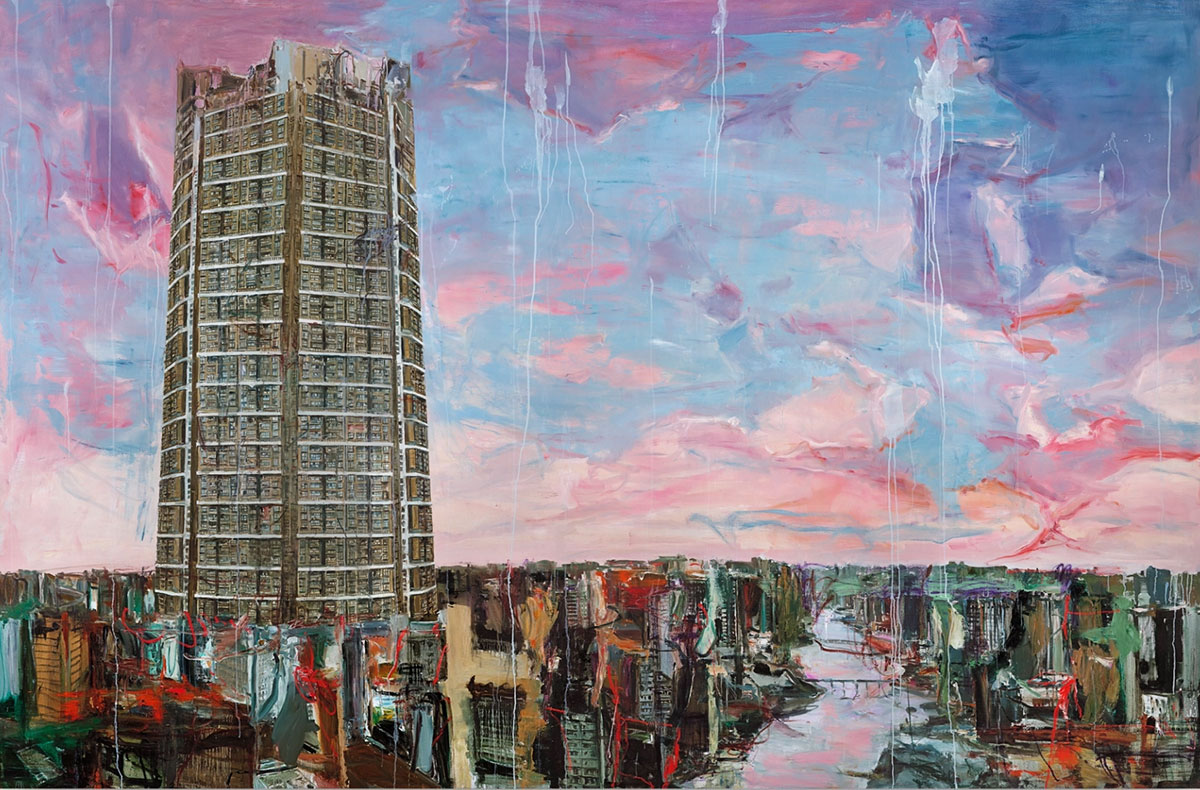 Tu Hongtao revisits Eastern and Western traditions of landscape painting to reconsider the representation of space and time. Based in Chengdu, Tu draws on influences that range from the East Jin Dynasty to today, including the innovations of classical scroll painters Gu Kaizhi and Dong Qichang, the abstract gestures of painters Cy Twombly and Brice Marden, and the photocollages of David Hockney. His dynamic canvases convey encounters with nature experienced through multiple spatial, temporal, and cultural perspectives.
Tu Hongtao revisits Eastern and Western traditions of landscape painting to reconsider the representation of space and time. Based in Chengdu, Tu draws on influences that range from the East Jin Dynasty to today, including the innovations of classical scroll painters Gu Kaizhi and Dong Qichang, the abstract gestures of painters Cy Twombly and Brice Marden, and the photocollages of David Hockney. His dynamic canvases convey encounters with nature experienced through multiple spatial, temporal, and cultural perspectives.
By Dimitris Lempesis
Photo: Lévy Gorvy Dayan Gallery Archive

Tu Hongtao in his solo exhibition “Beyond Babel” presents sweeping compositions in sumptuous hues that advance the artist’s use of abstraction as a means to engage with memory, landscape, and society, as well as art history, theory, and poetry. Introducing more than thirty new works, the exhibition unveils significant developments in Tu’s practice since his first exhibition in 2020 with Lévy Gorvy Dayan Gallery in Hong Kong. The exhibition’s title indicates a key source of inspiration for Tu’s most recent body of work. Paraphrasing the literary theorist George Steiner’s study “After Babel”, published in 1975, “Beyond Babel” represents our contemporary moment and our reliance on technology to communicate—at the possible expense of more distinctive forms of expression and connection. Tu has explored landscape and abstraction since the early 2010s. His paintings that debut reveal a new commitment to storytelling as a response to current modes of artificial intelligence and data collection. The power of imagination and personal association—conceived by the artist as counterforces—are central to the conception of the works on view. A highlight of the exhibition, the monumental triptych “The Corrupted Garden of Eden” (2020–23) realizes a painterly dramaturgy that depicts a time of upheaval. Red, pink, blue, white, and gray vibrate across the canvas in tumbling currents, while a rendered tower block and gate can be seen on the left and right sides of the work. As the title suggests, the scene represents a disruption of peace and serenity; however, this disturbance is permeated with its own distinct beauty. Calligraphic lines appear in the top left register—a formal motif used by Tu throughout his new paintings. Influenced by hieroglyphs, he incorporates such lines to activate textual moments, another means of imbuing his canvases with a sense of storytelling. “Tower of Babel” (2023) employs figurative elements, recalling Tu’s early practice, to produce an allegorical image of the biblical tower of Babel and its fall. Here, Tu’s perspectival cityscape is characterized by a pastel sky that serves as the stage for a dynamic play of color and light. “Run Boar Run!” (2022–23) captures Tu’s process of involving many facets of his lived experience in the creation of his work. The composition is based on a landscape Tu witnessed while hiking, and also draws inspiration from sources including the work of Baroque artist Peter Paul Rubens, online political propaganda, and remembered conversations with friends. Moving from the personal to the collective, Tu creates poetic and intuitive abstractions that are rich with meaning, inviting viewers to overlay their own interpretations and response. Interested in painting as language, Tu is inspired by artists who have historically pushed against established conventions. He is drawn to Chinese creatives such as Du Fu (712–770), whose metaphorical poetry deftly intertwined nature and self, and Dong Qichang (1555–1636), a landscape painter and calligrapher who introduced expression and improvisation into his brushwork. His modern influences include Paul Cézanne and Cy Twombly. Tu is fascinated with what he has called their “resistance against society” and use of “nature to balance the conflicts of reality”. With his new works, Tu dives into the fabric of the everyday, seeking to reconstruct existing and burgeoning narratives. The resulting paintings, he says, take on a “surreal” language, different from his poetic and observational studies of previous years. This evolution in his practice challenges viewers anew to contemplate reality as it is represented and shaped—and to perceive a visual order that brings together social and personal landscapes, the natural and the imaginative.
Photo: Tu Hongtao, Tower of Babel, 2023, Oil and oilstick on canvas, 82¹¹⁄₁₆ × 126 inches (210 × 320 cm), © Tu Hongtao, Courtesy the artist and Lévy Gorvy Dayan Gallery
Info: Lévy Gorvy Dayan Gallery, 19East 64th Street, New York, NY, USA, Duration: 22/2-30/3/2024, Days & Hours: Tue-Sat 10;00-18:00, www.levygorvydayan.com/
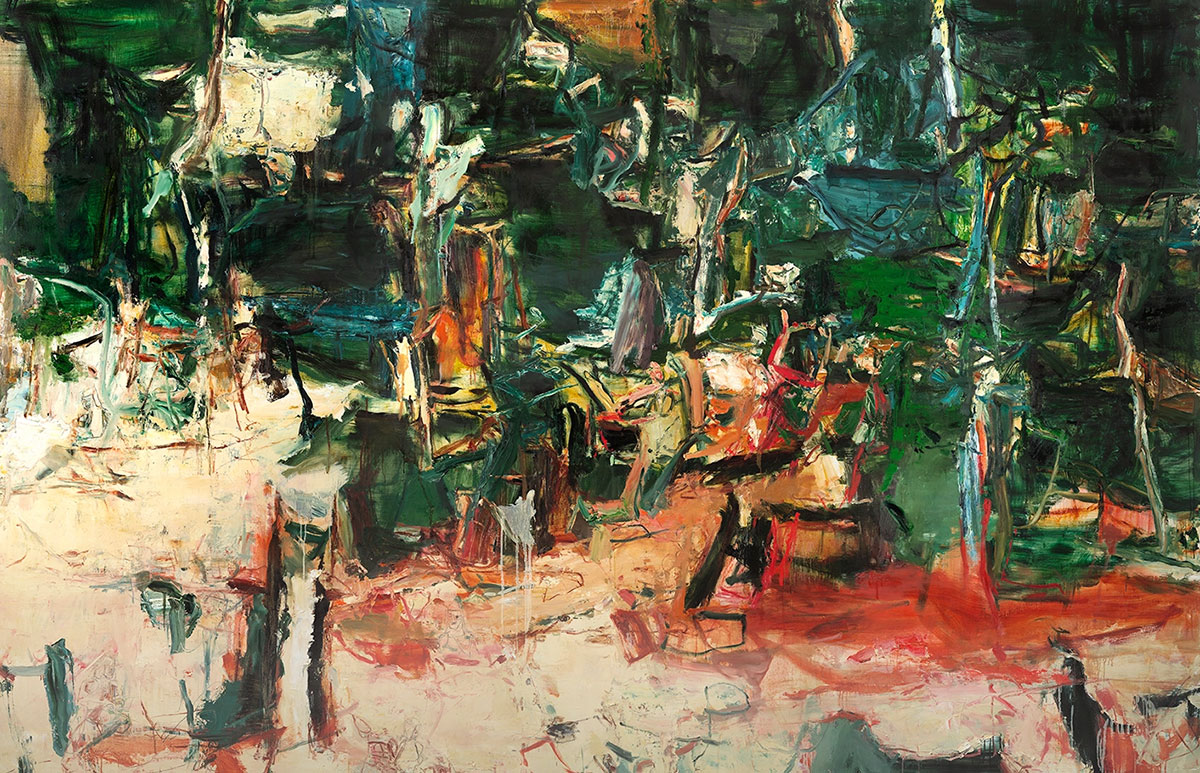
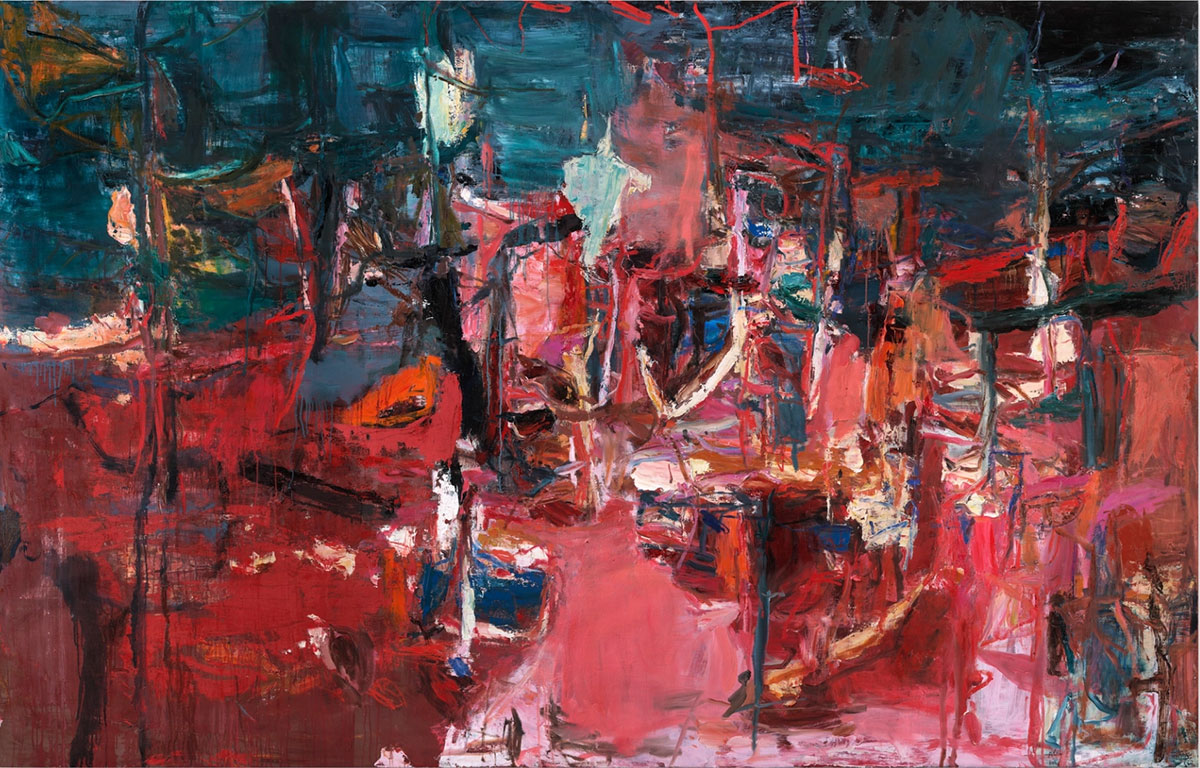
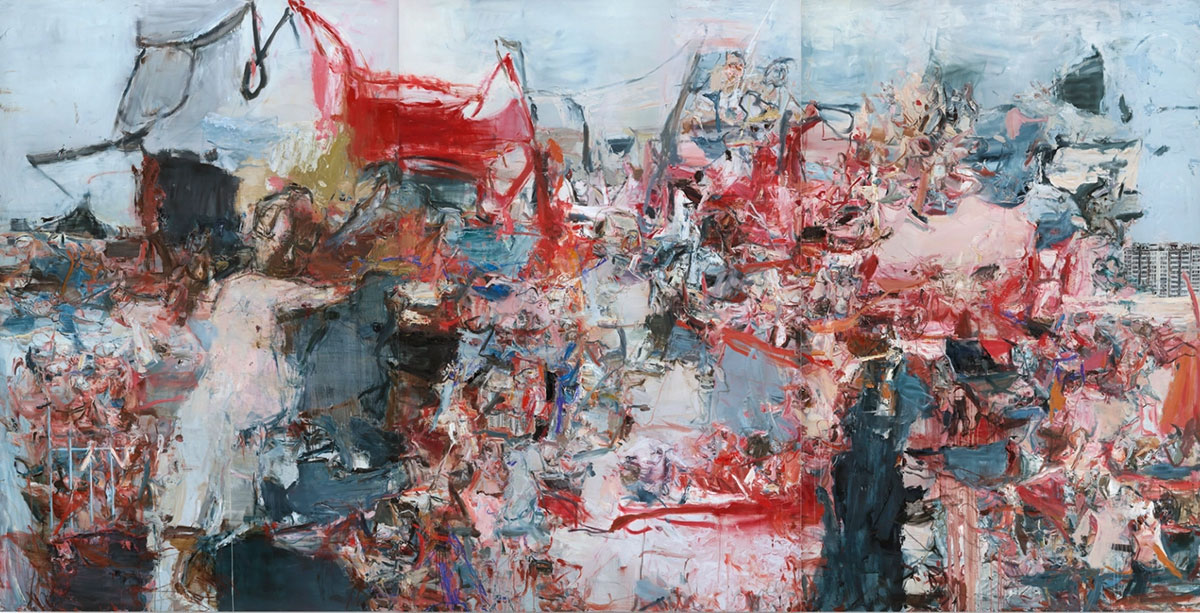
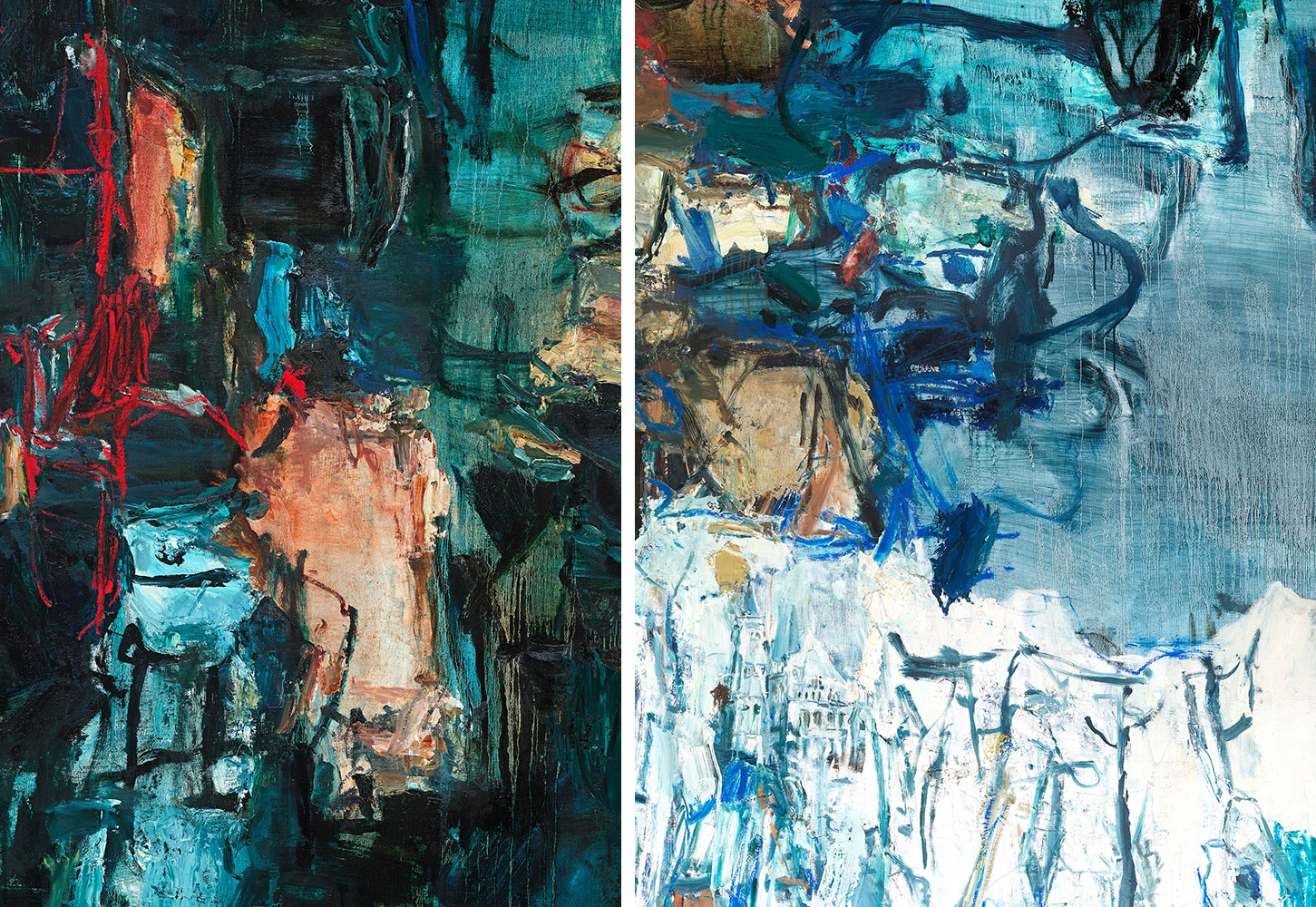
Right: Tu Hongtao, Melancholic Neuschwanstein, Oil and oilstick on canvas, 106⁵⁄₁₆ × 82¹¹⁄₁₆ inches (270 × 210 cm), © Tu Hongtao, Courtesy the artist and Lévy Gorvy Dayan Gallery
